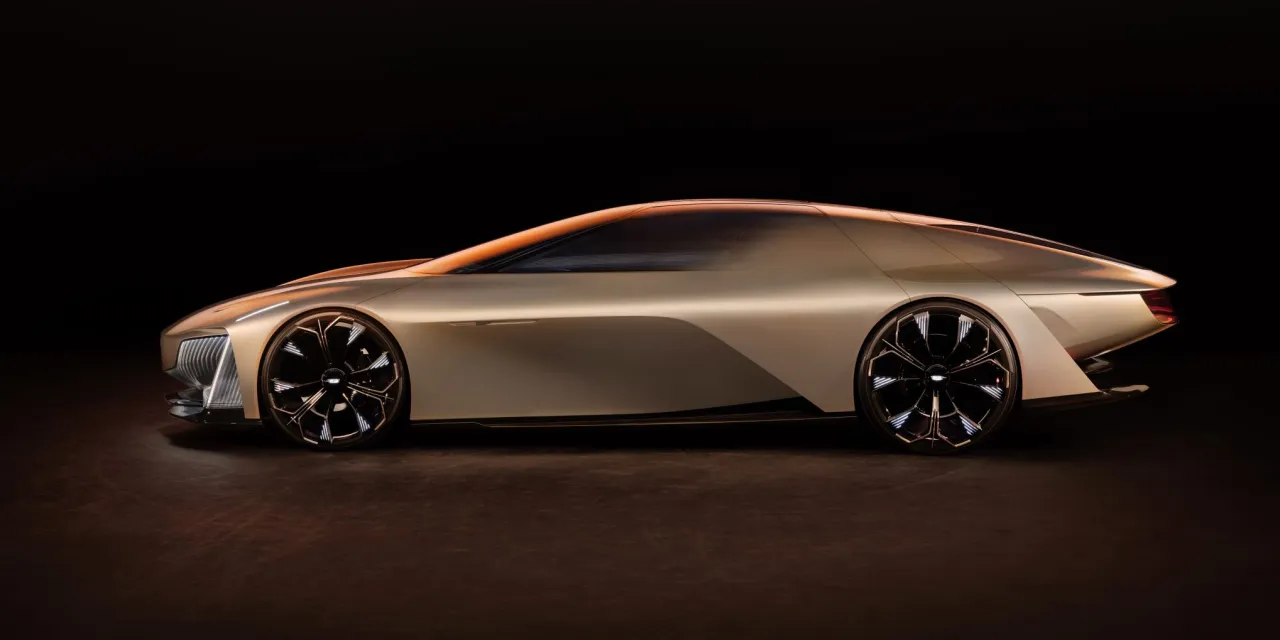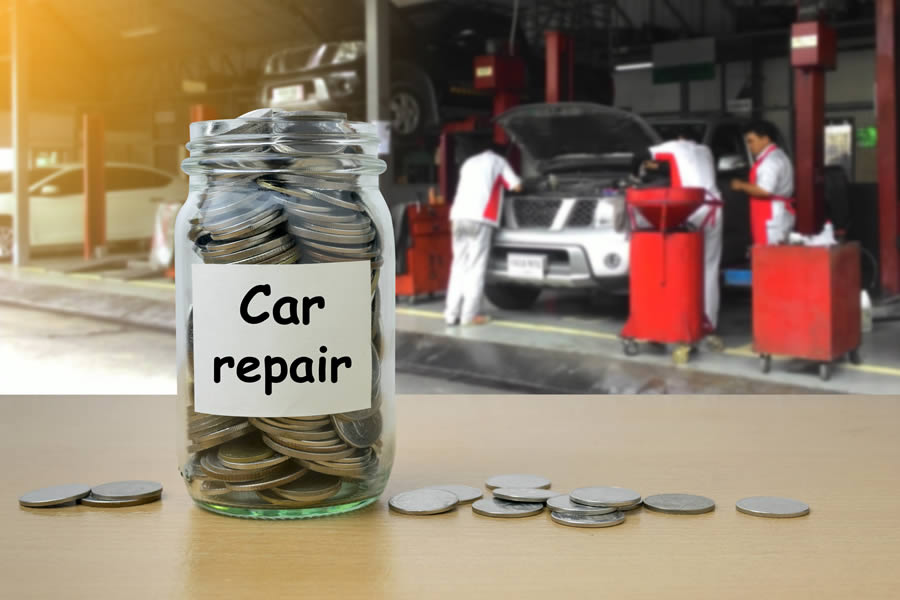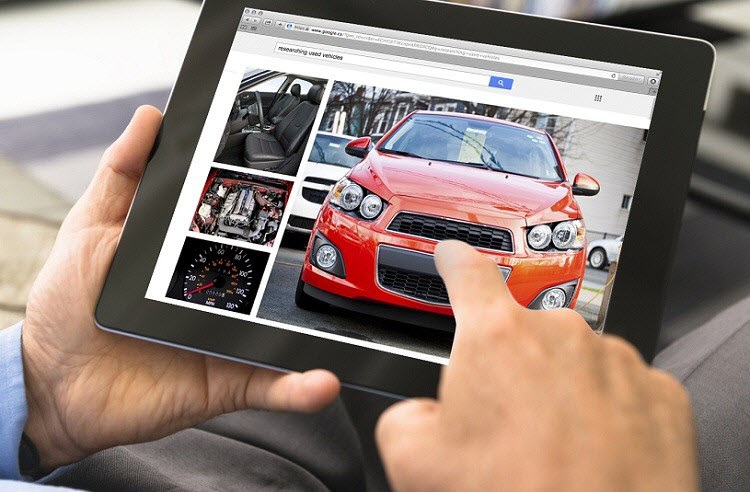Introduction: Beyond the Wheel
Automobiles have long been more than just machines—they are symbols of progress, independence, and identity. Over the decades, the auto industry has continuously evolved, shaping and being shaped by technological advancements, cultural shifts, and economic forces. But today, we stand at the brink of a true automotive renaissance. This new era, driven by innovation, sustainability, and digital transformation, is redefining not just how we drive, but why we drive at all.
The Shifting Gears of Automotive Design
Modern vehicles no longer exist solely to transport people from point A to point B. They are intelligent systems, artful designs, and sustainable machines rolled into one. Today’s vehicles are being shaped by five key design principles: connectivity, automation, electrification, sustainability, and personalization.
Aesthetic Functionality
Gone are the days when cars were judged purely on horsepower or top speed. Today’s discerning drivers demand a seamless blend of beauty and purpose. Sleek aerodynamic lines, intuitive interiors, and ergonomic seating have become baseline expectations. Materials such as vegan leather, recycled aluminum, and bamboo fiber trims not only enhance comfort but also align with environmentally-conscious values.
Intelligent Interfaces
Dashboard designs have shifted from cluttered control panels to minimalistic, touchscreen interfaces. Advanced infotainment systems now integrate with smartphones, cloud-based apps, and real-time traffic systems. Drivers can summon digital assistants, monitor their health metrics, and even attend virtual meetings—all from the driver’s seat.
Electrification: The Quiet Revolution
If any trend signals the future of the auto industry, it’s the meteoric rise of electric vehicles (EVs). With governments tightening emissions regulations and consumers becoming more eco-aware, EVs have rapidly transitioned from niche luxury to mainstream necessity.
Why EVs Are Winning
-
Environmental Appeal: EVs produce zero tailpipe emissions, significantly reducing urban pollution.
-
Economic Incentives: Tax rebates, reduced fuel costs, and lower maintenance bills make EVs increasingly attractive.
-
Performance Benefits: Instant torque delivery, silent acceleration, and superior handling are winning over traditional petrol-heads.
Global leaders like Tesla, BMW, and Hyundai are innovating aggressively, while startups like Rivian and Lucid Motors are pushing boundaries with unique offerings and high-end technology.
Charging Infrastructure: The Real Game Changer
One of the critical barriers to EV adoption has been charging convenience. However, this is rapidly changing. Fast-charging networks are expanding across continents. Wireless charging, solar-integrated parking lots, and vehicle-to-grid (V2G) technologies are on the near horizon, promising a future where charging an EV is as effortless as charging a smartphone.
Autonomous Driving: Steering into Tomorrow
Few innovations stir the imagination like autonomous vehicles. While full autonomy is still a work in progress, semi-autonomous features are already becoming mainstream.
Key Developments
-
Adaptive Cruise Control: Maintains speed while adjusting for traffic conditions.
-
Lane Keep Assist: Gently steers the vehicle back into the lane if it drifts.
-
Autonomous Parking: Allows the car to park itself in tight or complex spots.
Companies such as Waymo, Cruise, and Mobileye are conducting extensive trials in urban and suburban areas. Regulatory frameworks are slowly catching up, and public trust is growing as these systems demonstrate safety and reliability.
Connectivity: The Car as a Digital Hub
Today’s autos are no longer isolated machines—they are connected ecosystems. With 5G integration, edge computing, and over-the-air software updates, cars are becoming smarter by the day.
Features Driving the Digital Shift
-
Vehicle-to-Everything (V2X): Cars can communicate with traffic lights, road sensors, and even pedestrians’ smartphones to improve safety.
-
Predictive Maintenance: Smart diagnostics warn drivers of potential failures before they occur.
-
Enhanced Navigation: Real-time mapping, voice-controlled route optimization, and AR overlays redefine the driving experience.
This fusion of connectivity and computation is not just enhancing convenience but also playing a crucial role in reducing accidents and improving fuel efficiency.
Sustainability: Driving with a Conscience
Environmental stewardship is no longer optional in the auto industry—it’s a moral and market imperative. Automakers are embracing circular economy principles, rethinking supply chains, and investing in cleaner technologies.
The Greener Roadmap
-
Recyclable Materials: Carmakers are replacing plastic components with biodegradable composites.
-
Carbon-Neutral Manufacturing: Companies like Volvo and Mercedes-Benz are committing to carbon-neutral production lines.
-
Alternative Fuels: Beyond electricity, hydrogen fuel cells and synthetic e-fuels are gaining traction.
Sustainability now begins long before the first bolt is tightened and extends well beyond the car’s end-of-life. This holistic approach is not just good for the planet—it’s proving to be good for business.
The Human Element: Reimagining the Driver
With all the talk of automation and AI, one might assume that the human touch is being engineered out of the driving experience. Yet, in reality, it’s the opposite. Innovation is re-humanizing the journey.
Personalization in the Driver’s Seat
Advanced algorithms learn driver preferences—seat position, temperature settings, preferred music—and adjust the cabin environment accordingly. Biometric authentication adds a layer of security while enabling a more intimate connection between car and user.
In the not-so-distant future, your vehicle might greet you by name, adjust itself based on your mood, and even recommend destinations based on your schedule and emotional state.
Conclusion: The Road Ahead
The auto industry is undergoing a transformation more profound than anything since the invention of the combustion engine. As technology, sustainability, and human experience converge, cars are becoming extensions of our digital lives, reflections of our values, and catalysts for a cleaner world.
This renaissance is not about choosing between performance and responsibility—it’s about redefining both. And in doing so, the automobile is no longer just a machine; it is a masterpiece of modern innovation, steering us toward a smarter, greener, and more inspired future.












